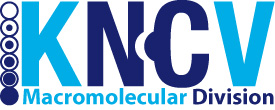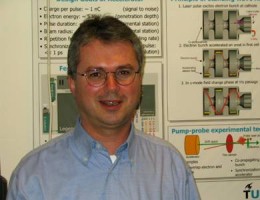Research overview
Laurens Siebbeles Group
We use spectroscopy and theory to investigate the nature and dynamics of electronic excited states (excitons) and charge carriers in materials with potential applications in e.g. solar cells, photodiodes, light-emitting diodes, field-effect transistors and nanoscale molecular electronics. Other PIs in the Section are Arjan Houtepen, Tom Savenije and Ferdinand Grozema. Further we collaborate with numerous academic and industrial (Toyota) partners world-wide.
Materials. We study semiconductor quantum dots, nanorods, nanosheets, two-dimensional layered materials and organic materials. We intend to extend our research to photogenerated excitons and charge carriers in topological insulators.
Spectroscopy. Charges and excitons are produced by (ultra)short laser or high-energy electron pulses, and detected by time-resolved optical and microwave or terahertz conductivity techniques. The world-wide unique combination of techniques allows us to monitor the formation, mobility and decay of excitons and charge carriers from the sub-picosecond to the millisecond time domain.
Theory.The experimental research is supported by theoretical calculations of charge and exciton dynamics. We calculate electronic band structures using density functional theory and GW calculations. Properties of excitons are calculated by solving the Bethe Salpeter equation. We use e.g. the Amsterdam Modeling Suite (www.scm.com) and GPAW (wiki.fysik.dtu.dk/gpaw). The mutual interactions, motion and decay of excitons and charges is studied by analytical theory and numerical (Monte Carlo) simulations.


